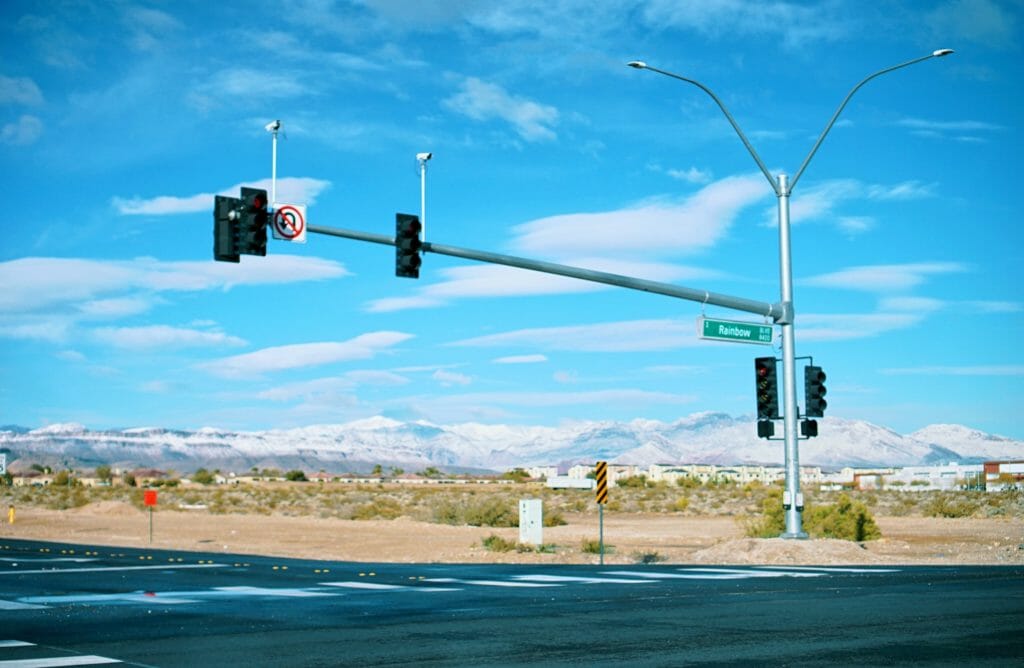Are cameras really the best method for collecting traffic data and can they capture all the data required for better traffic planning?

When traffic cameras were first introduced, traffic planners and city engineers were able to get valuable information about the presence of road users at intersections and their behaviors. Traffic cameras are now used in a variety of ways, including intersection surveillance, recording red light and stop sign infractions and the monitoring of vehicles for excessive speed.
While they have been effective in significantly reducing the number of serious and fatal car crashes, they have several disadvantages and have been surrounded by controversy. Some of the drawbacks include:
As research shows that most traffic accidents occur at night and during poor weather, new solutions to address these shortcomings are being sought out. Lidar is a technology that fills the gap by offering reliable and anonymous traffic data in any lighting or weather conditions.
Traffic cameras are an excellent option for incident detection and are suitable for cities in climates where adverse weather conditions are not very common. However, since cameras are not reliable in poor light or weather, they cannot provide 24/7 coverage and do not perform well in adverse weather, making them less effective for traffic management.

BlueCity, which combines 3D lidar sensors with AI software, is an ideal, cost-effective solution for transport planners, operations and road safety departments, and city engineers who need multimodal traffic data collection in all weather and lighting conditions.
BlueCity is an excellent choice in areas where substantial controversy exists regarding the collection of private citizen data. Lidar sensors capture data anonymously, effectively eliminating privacy concerns around collecting and storing data.
What’s more, BlueCity’s artificial intelligence capabilities power advanced safety analytics and offer better visualization of the data captured.
| Detection | Traffic cameras | BlueCity (lidar + AI) |
| Detects presence of vehicles | ||
| Measures all modes of transport | ||
| Detects speed | ||
| Detects trajectory | ||
| Detects post encroachment time | ||
| Works in any weather | ||
| Works in any lighting | ||
| User-defined virtual loops | ||
| Counts number of near misses | ||
| Detects red-light runners | ||
| Detects illegal turning | ||
| No collection of private citizen data | ||
| Provides signal performance measures |
| Installation and Maintenance | Traffic cameras | BlueCity (lidar + AI) |
| Easy to install | ||
| Inexpensive installation | ||
| One sensor per intersection required | ||
| Easy maintenance | ||
| Inexpensive maintenance |
Since traffic cameras can’t supply reliable data at night or during adverse weather, they are not as useful for operations.
Since cameras record everything, from vehicles, to license plates and faces, many citizens groups object to private data being captured and stored by government agencies. There is concern that more surveillance by video can lead to more opportunities for privacy abuse.
Video cameras are often used to capture incidents such as accidents on the road, so yes, they can tell you which intersections are dangerous but only after the fact. Another drawback is that cameras are not reliable at night or in poor weather, which is when most accidents occur. Once enough accidents have occurred at a particular intersection, it can be labeled as dangerous and video can be examined to see what caused the accidents. BlueCity goes a step further by providing safety analytics that can offer information such as speeding, wrong turns, near misses and more before accidents and fatalities occur, providing a proactive approach to traffic management and safety.
Traffic cameras can provide valuable information at intersections and are used effectively for intersection surveillance, recording infractions and monitoring for speed. Their use has been effective in significnatly reducing the number of serious and fatal car crashes over the years.
Cameras can be an expensive choice for installation and maintenance, especially since multiple cameras are needed per intersection. In addition, cameras do not work well in adverse weather, at night or in poor lighting, when most traffic crashes occur, and there are many privacy concerns with the data cameras collect.
BlueCity is a unique, cost-effective solution that allows planners to capture multimodal traffic data in real-time 24/7. Its lidar sensors are easy to install and maintain and most intersections require only one sensor. Unlike cameras, lidar sensors work in all weather and lighting conditions. BlueCity leverages artificial intelligence to power advanced safety analytics that help identify dangerous intersections and improve road safety proactively.